I first learned about DIY black drawing salve as a natural remedy while visiting an Amish community to buy produce and eggs. I noticed a farmer’s son applying a tar-like substance to his arm after getting a splinter.
Curious, I asked him about it and he explained that it was a drawing salve meant to help extract the splinter and prevent infection. Intrigued, I was curious to see how effective it would be.
The farmer reassured me that the salve didn’t stain the skin and was regularly used in their community. They utilized it to speed up the healing of wounds and to extract foreign objects lodged in the skin. He mentioned it was even useful for some spider bites to draw out venom.
Although he was unsure of where to purchase it, he generously offered to share the recipe.
Benefits of Black Drawing Salve
I’ve been experimenting with different iterations of this recipe ever since. While it takes some time to prepare, the results make it a worthwhile effort. Our family primarily uses it for splinters and removing glass fragments from the skin. While I haven’t tried this, black drawing salves are also reputed to aid in the removal of moles and skin tags.
The healing herbs in the salve help alleviate skin irritation and insect bites. It’s a great addition to a natural first aid kit for bee stings as well!
Creating Herb Infused Oil
Before preparing the salve, it’s essential to infuse olive oil with comfrey, calendula, and plantain. I grind them to a fine powder in a coffee grinder to enhance their effectiveness. I use one tablespoon of each herb in half a cup of olive oil. Here are two methods for making an infused oil:
-
Grind the herbs and place them in a small jar. Add olive oil and let it infuse for 3-4 weeks, shaking it daily. Strain the herbs using cheesecloth, retaining the infused oil.
- Heat the herbs and olive oil in a double boiler over low to medium heat for about an hour until the oil becomes aromatic and darker. Strain the herbs using cheesecloth when done.
Personally, I keep a large jar of olive oil with plantain, comfrey, and calendula in my herbal apothecary, letting it continuously infuse for salves and lotions. When I use the oil, I discard the herbs and start the process anew.
With your infused oil ready, it’s time to make a homemade drawing salve!
Black Drawing Salve Recipe
This homemade drawing salve is based on an old Amish recipe, ideal for removing splinters and accelerating skin healing. It’s beneficial for bug bites, skin tags, and more!
Prep Time: 5 mins
Active Time: 15 mins
Cooling Time: 2 hrs
Yield: 6.5 ounces
Author: Katie Wells
-
Combine infused olive oil, shea butter, coconut oil, beeswax, vitamin E oil, and honey in a heat-safe glass jar placed in a small pan of water.
-
Bring the water to a simmer and stir the ingredients in the jar until thoroughly melted. Alternatively, a double boiler can be used.
-
Remove from heat, then add the activated charcoal, kaolin clay, and lavender essential oil, mixing well.
- Quickly pour into small glass jars or tins and allow to harden for several hours.
Store in an airtight container and use as needed for cuts, splinters, etc.
The Ingredients and Their Purposes
The foundation of this drawing salve is an herbal-infused oil, which, though it takes weeks to prepare, is exceptional for skin health. I maintain a pantry stash of comfrey, plantain, and calendula oil for various home remedies and skincare projects. This herbal blend aids in speeding up healing and reducing inflammation. Plantain also possesses natural mild drawing properties for removing impurities and skin irritations.
Shea butter offers moisturizing benefits and adds thickness, coupled with beeswax. Vitamin E oil is an antioxidant that helps slow the oxidation process that leads to oil rancidity. Kaolin clay, similar to bentonite clay, acts as an adsorbent for different toxins and possibly bacteria, contributing to the salve’s drawing capabilities.
Raw honey is naturally antimicrobial and beneficial for an array of skin irritations. It can even be used as a burn salve on its own! Activated charcoal, a key component lending the salve its black color, is widely used for treating food poisoning and decontamination due to its absorption qualities. It’s excellent for extracting splinters or handling ingrown hairs.
Lastly, the addition of lavender essential oil enhances the skin benefits and imparts a pleasant scent. Tea tree essential oil can be used as an alternative.
Using the Homemade Drawing Salve
-
Begin by thoroughly cleaning the affected area. Apply a generous amount of black salve on the wound or splinter and cover with gauze or a large bandage.
- Leave it for several hours or overnight to facilitate the drawing out of infection or objects. Based on my experience, some matters like shards of glass may require a day or two with multiple applications to be fully removed.
While this salve offers a fantastic natural remedy, it should not replace professional medical care when necessary. For severe bug bites, wounds, or concerns, it’s advisable to consult a professional.
Have you ever made a salve? How was your experience? Share your thoughts below!
(Attached image: Traditional black drawing salve for treating wounds, splinters, and other skin issues)


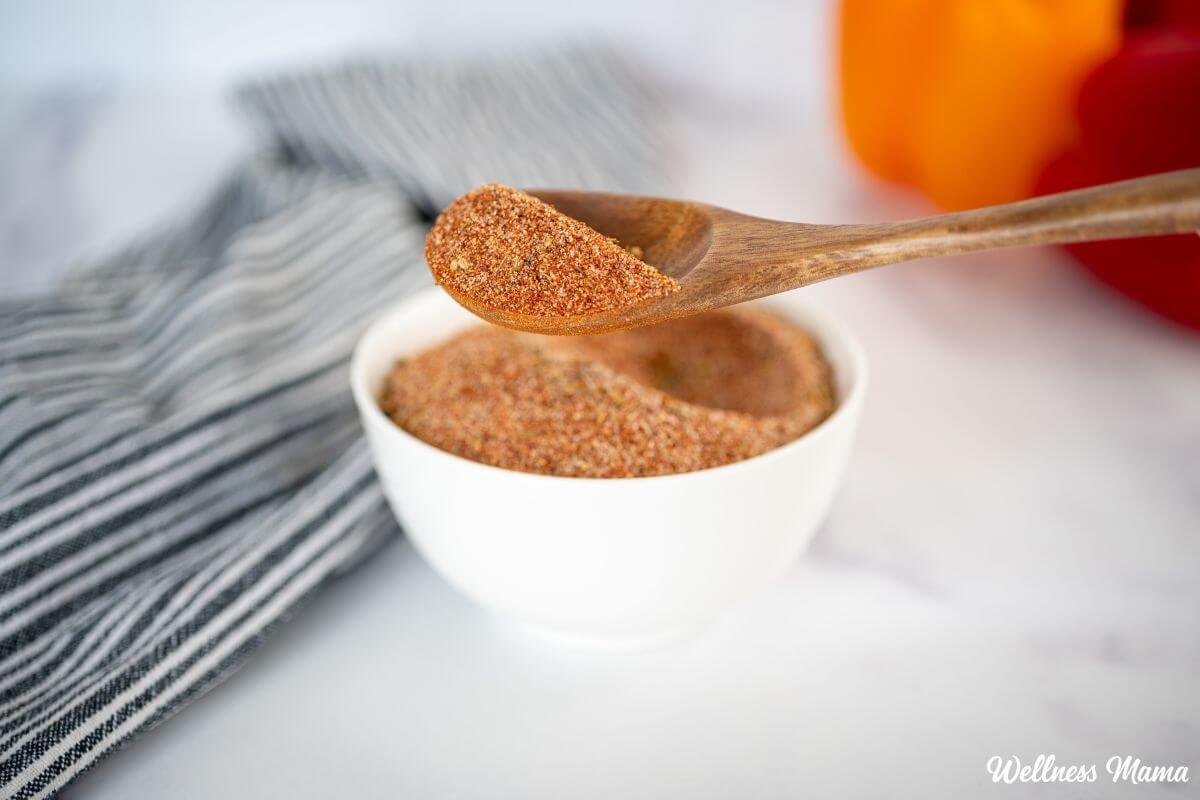

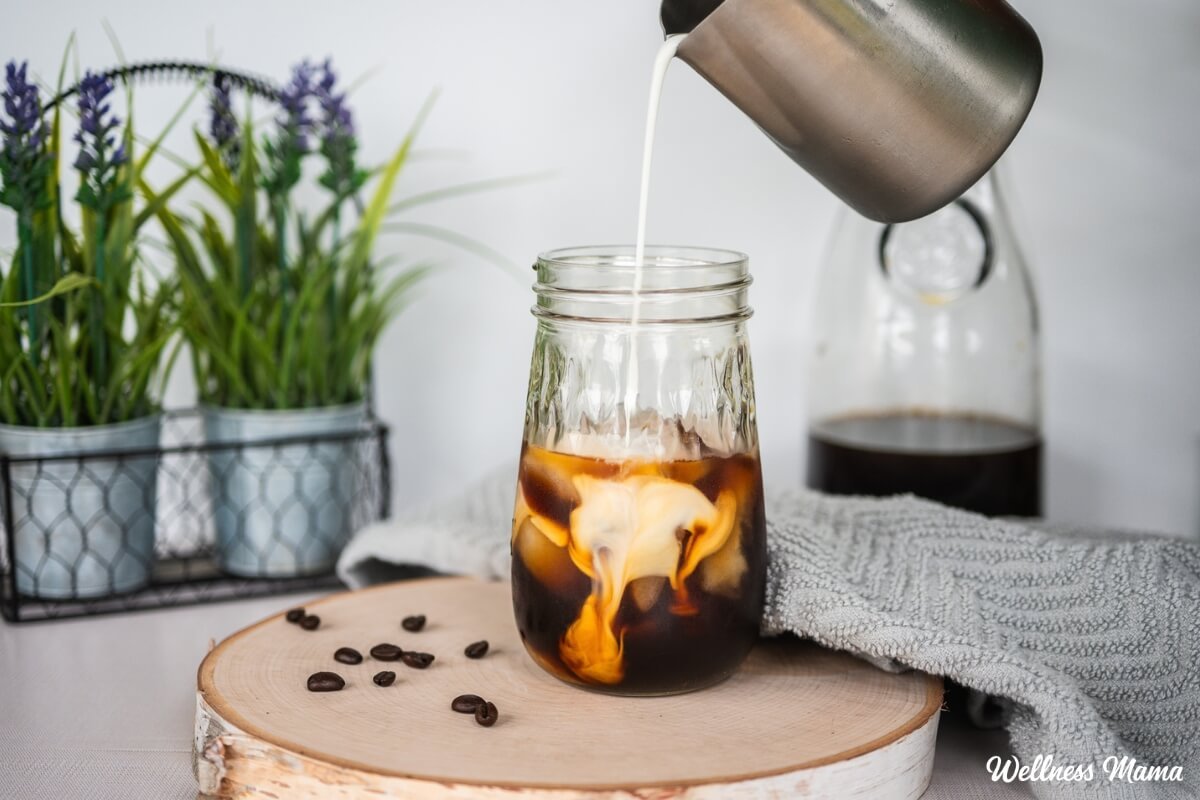
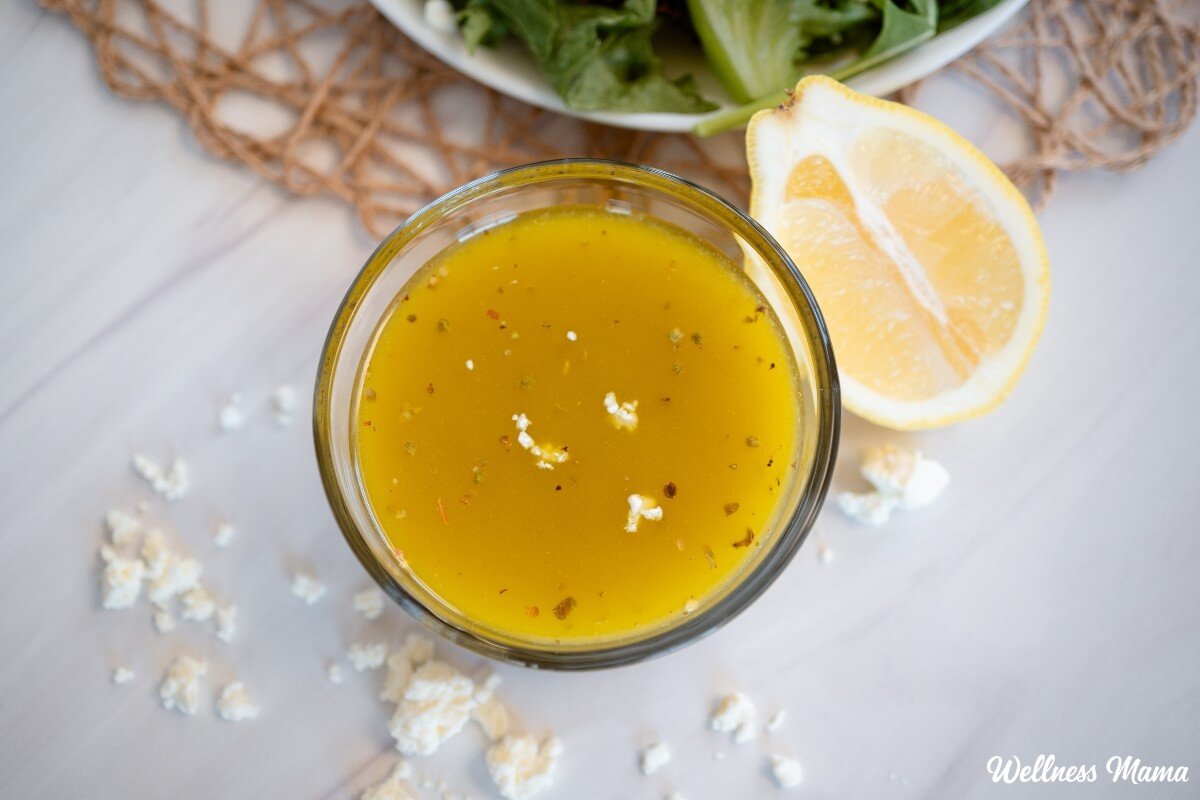
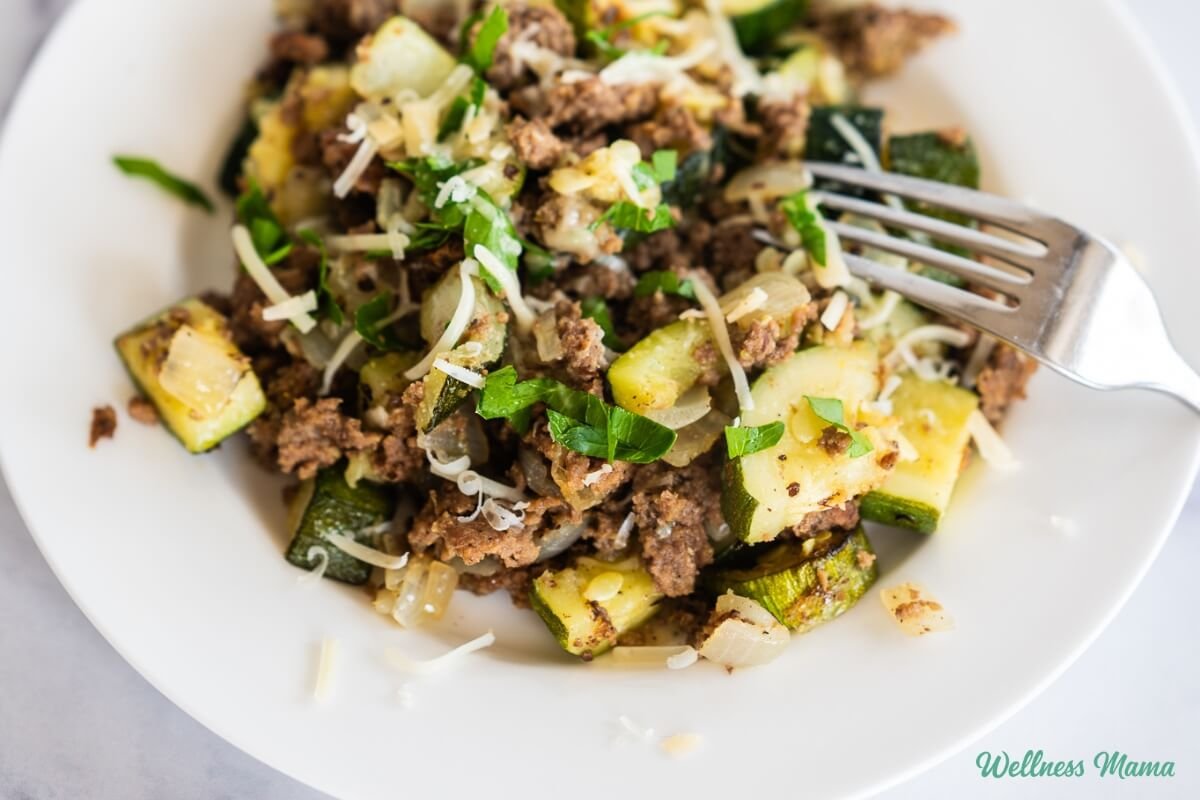

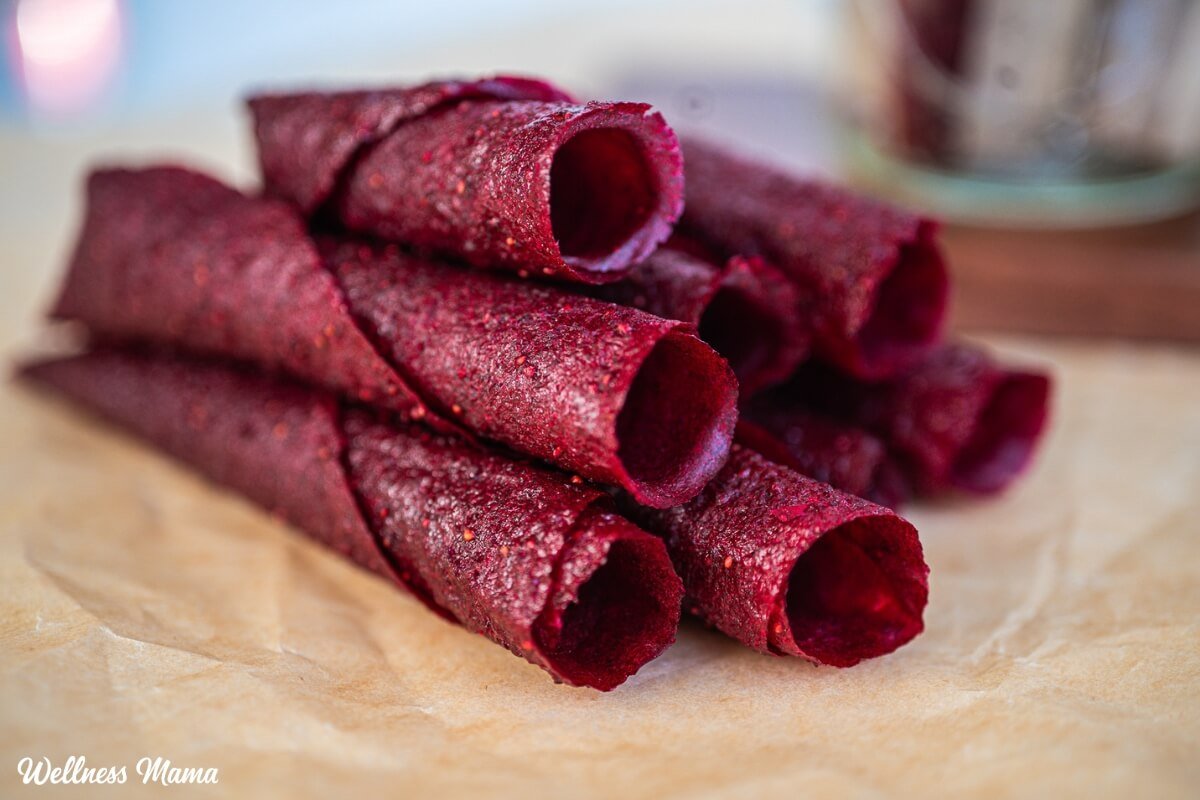


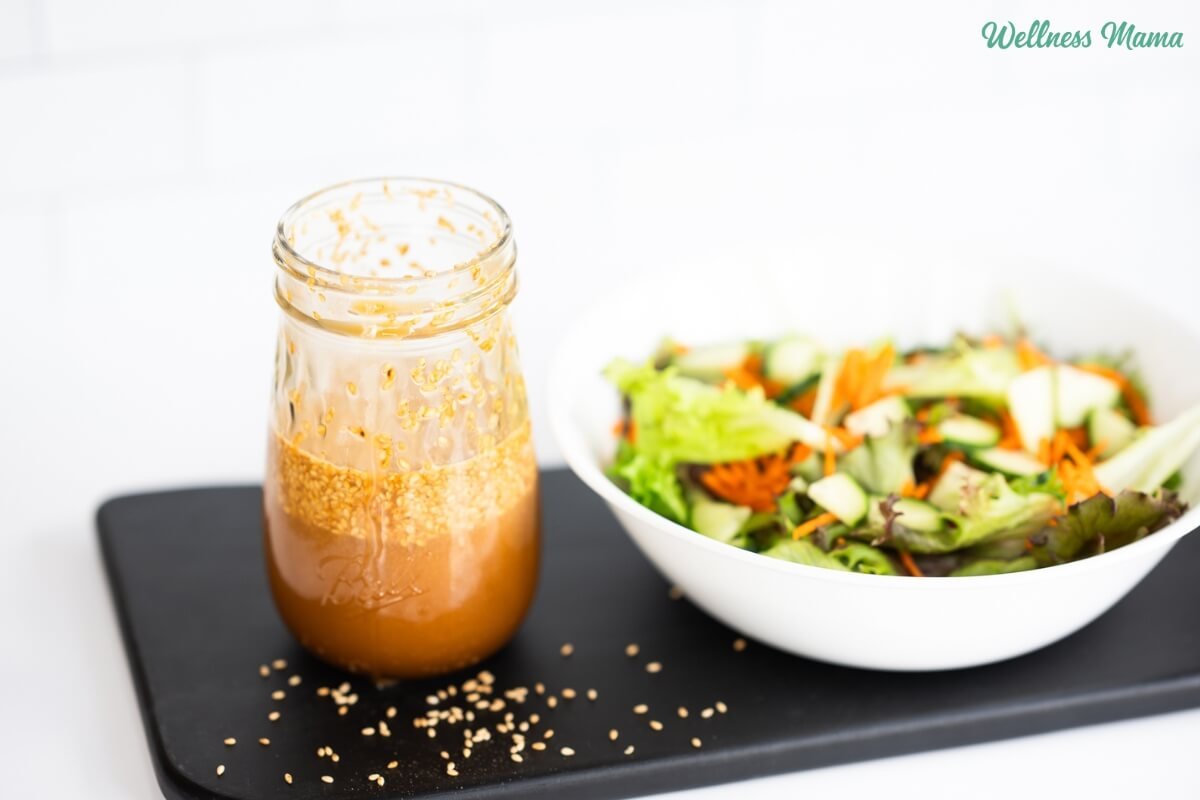
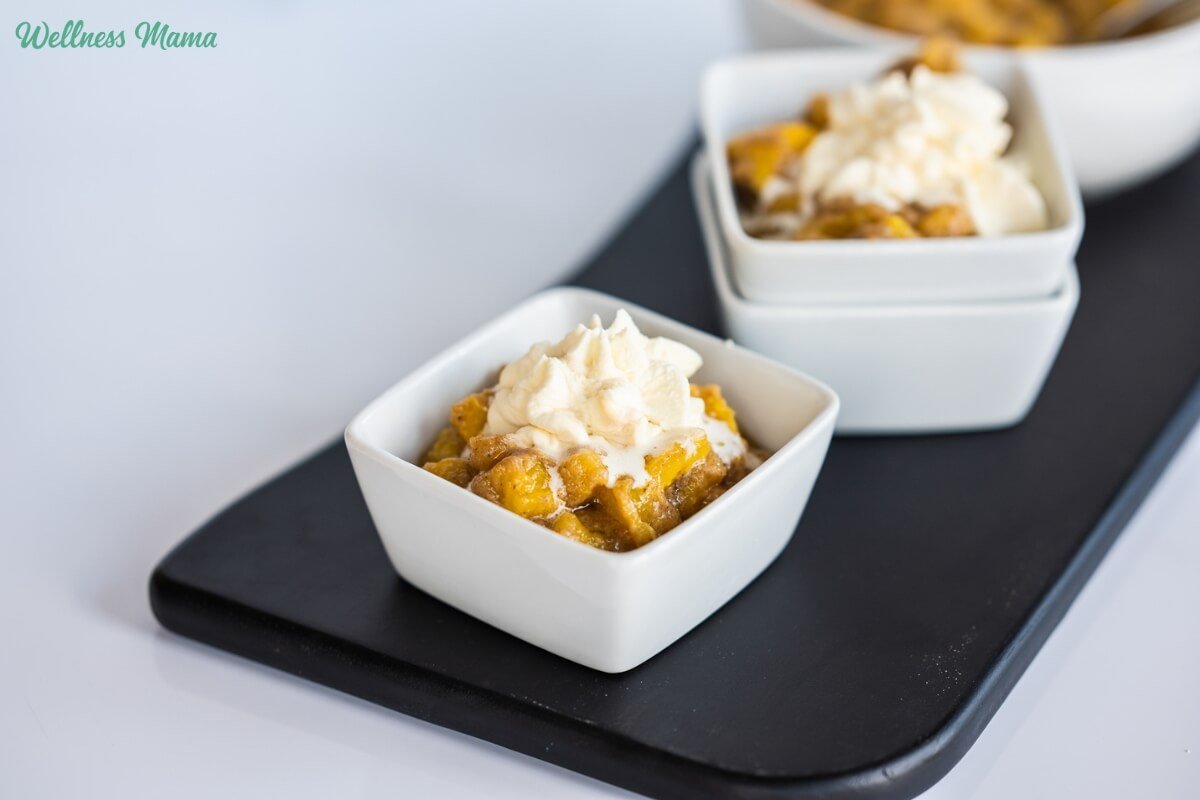
Leave a Reply